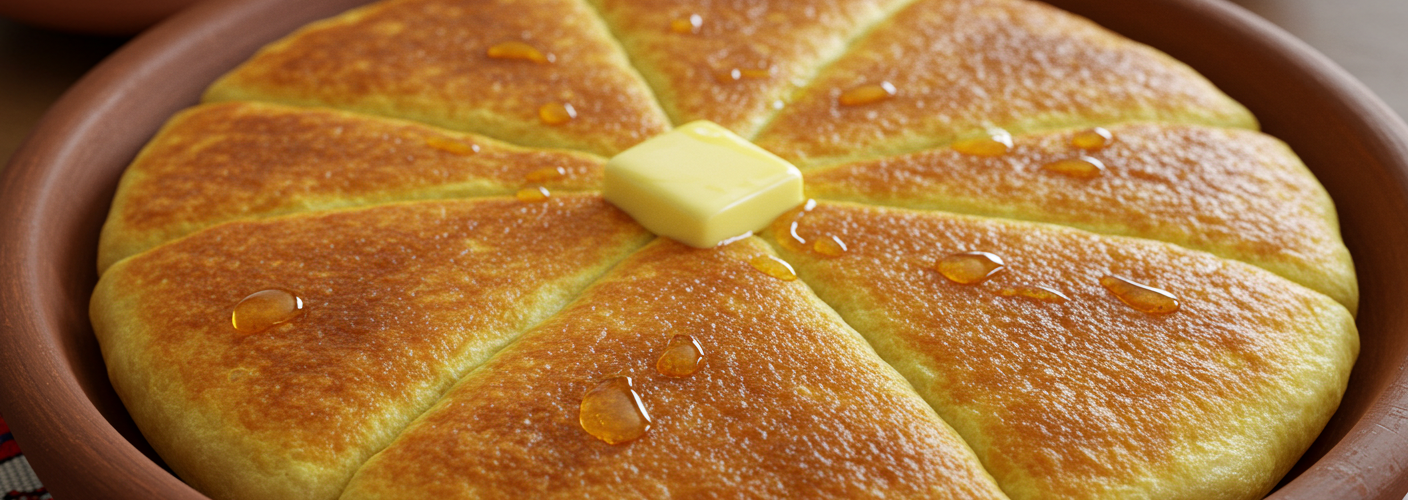Libya, a country steeped in rich history and vibrant culture, boasts a culinary landscape that reflects its diverse heritage. One of the standout dishes of Libyan cuisine is Asida, a traditional dish made primarily from wheat flour, which has become a cherished staple in many households. This unique preparation highlights the use of simple ingredients to create a dish that is not only comforting but also versatile and delightful.
At its core, Asida is a soft and pliable dough made from wheat flour, blended with butter or honey, resulting in a deliciously rich taste and smooth texture. Traditionally, it is prepared with finely milled wheat flour, which gives it a light, airy quality, allowing it to absorb flavors beautifully. The process of making Asida is both an art and a science, often passed down through generations within Libyan families.
The preparation of Asida is a sensory experience that starts with the gentle mixing of the flour and water, creating a thick, sticky dough. While the dough simmers, it is crucial to stir it continuously to prevent lumps from forming. Once it reaches the desired consistency, butter or honey is added to enhance its flavor. The final product is a pliable dough that can be enjoyed in various ways, making it an impressive dish for both everyday meals and special occasions.
Asida is not just a standalone dish; it is often served with a variety of accompaniments. One popular way to enjoy it is by drizzling honey on top, allowing for a sweet, indulgent treat that can function as a dessert or a delightful breakfast. For savory options, Asida can be paired with stews or sauces, which are perfect for dipping and soaking up the rich flavors. This versatility makes Asida a beloved choice for families, as it can cater to different tastes and preferences.
In addition to its delicious taste, Asida carries cultural significance in Libyan society. It is often served during celebrations, family gatherings, and important events, symbolizing unity and togetherness. Sharing Asida with loved ones fosters a sense of connection and community, as families come together to prepare and enjoy this wholesome dish.
While the recipe for Asida may vary slightly from region to region, the core ingredients remain consistent. The addition of ingredients such as nuts, dried fruits, or spices can elevate the dish to new heights, showcasing the creativity of the cook. These variations can make Asida a celebration of local flavors, as each household can put its unique twist on this beloved classic.
For those looking to explore new tastes, Asida is a wonderful dish to try, as it encapsulates the essence of Libyan cuisine—simple yet extraordinary. Whether approached as a comforting meal or an elegant dessert, Asida invites everyone to savor the richness of Libyan culture and culinary tradition.
In conclusion, Libyan Asida is much more than just a wheat flour dough; it is a cherished piece of culinary heritage that brings people together. With its adaptability and delicious flavor, Asida continues to hold a special place in the hearts and homes of the Libyan people, making it a dish worth celebrating. So why not take a step into Libyan culinary tradition and experience the joy of making and savoring Asida for yourself?




Add comment